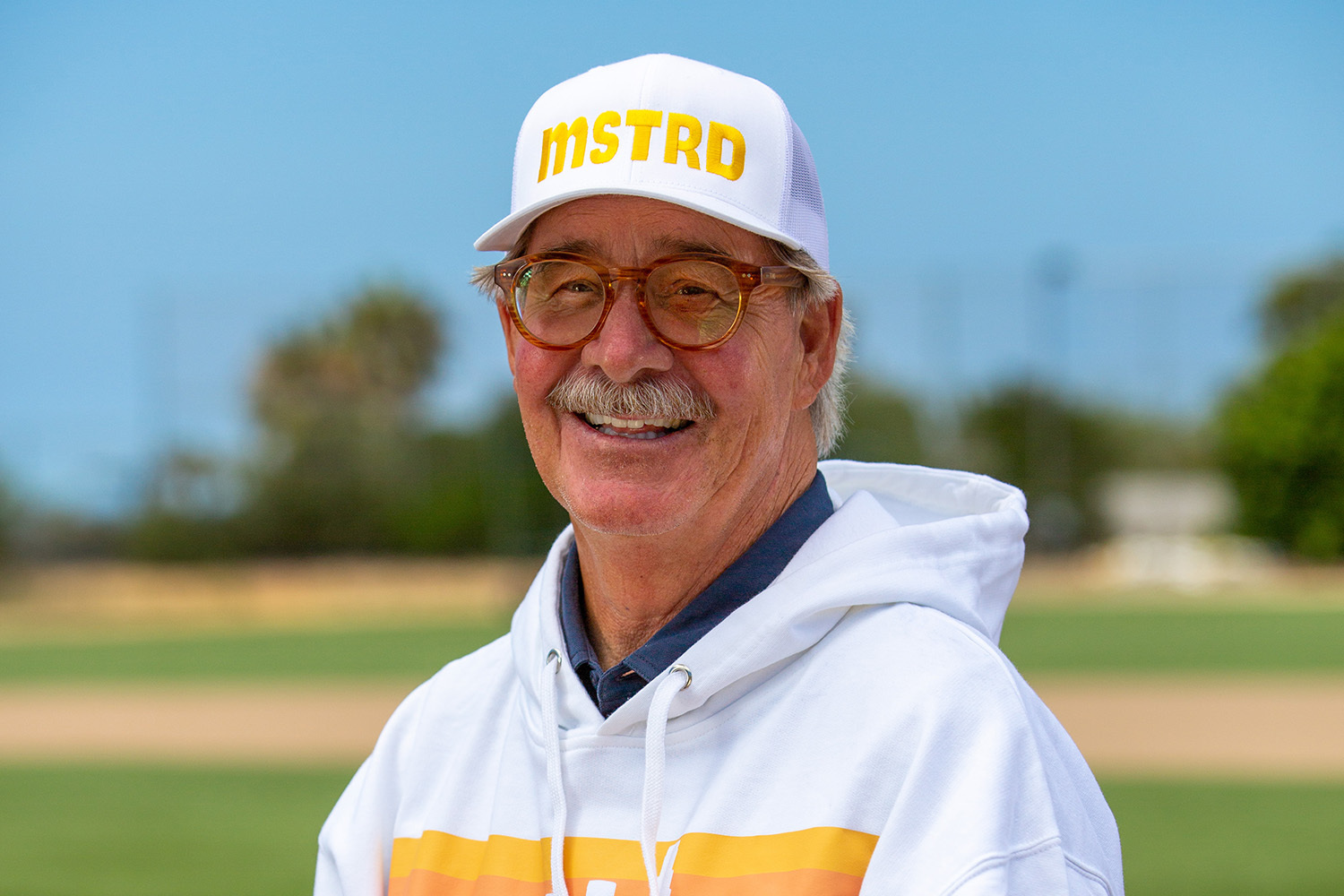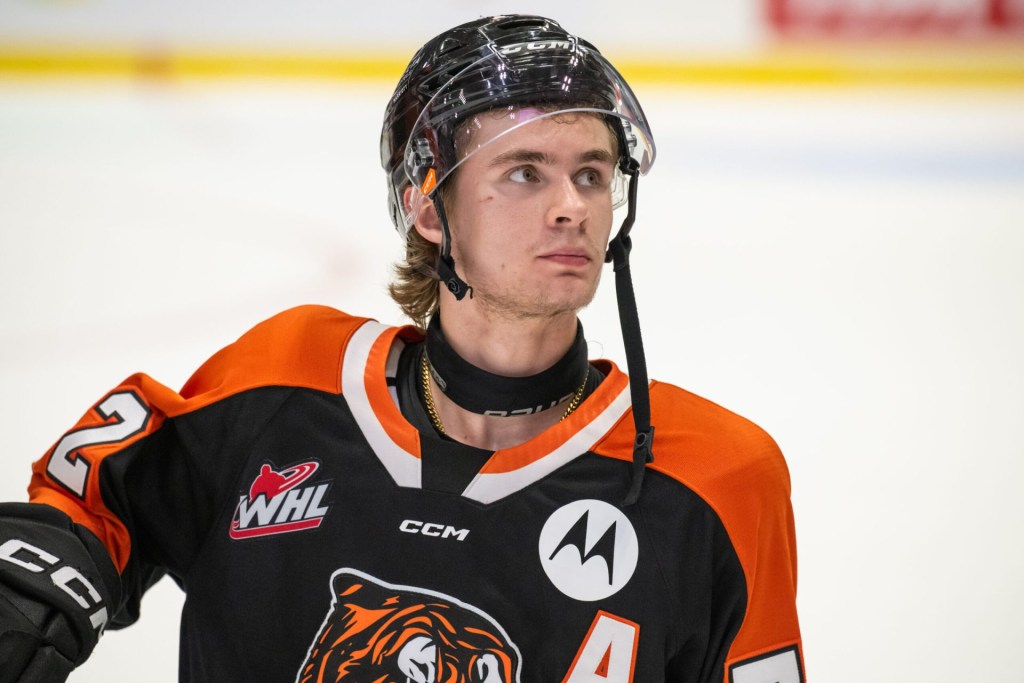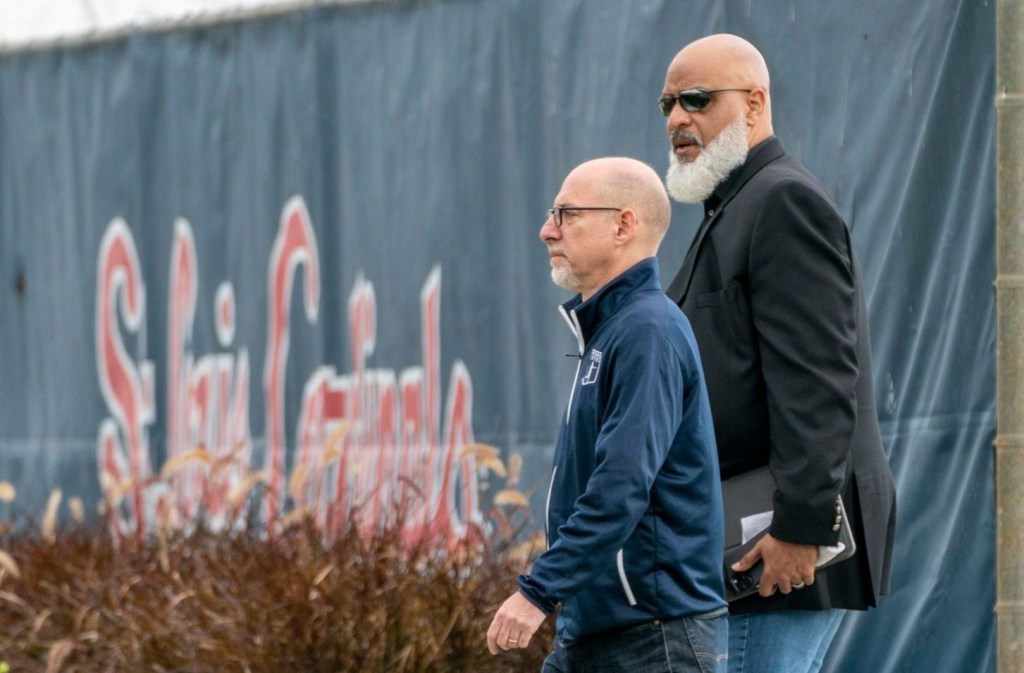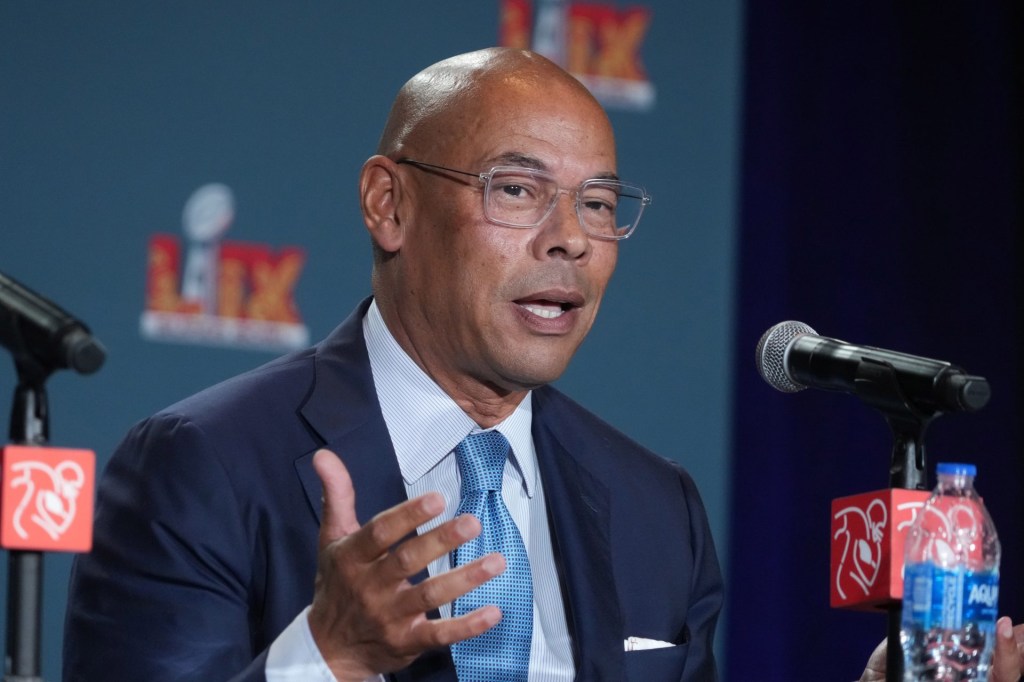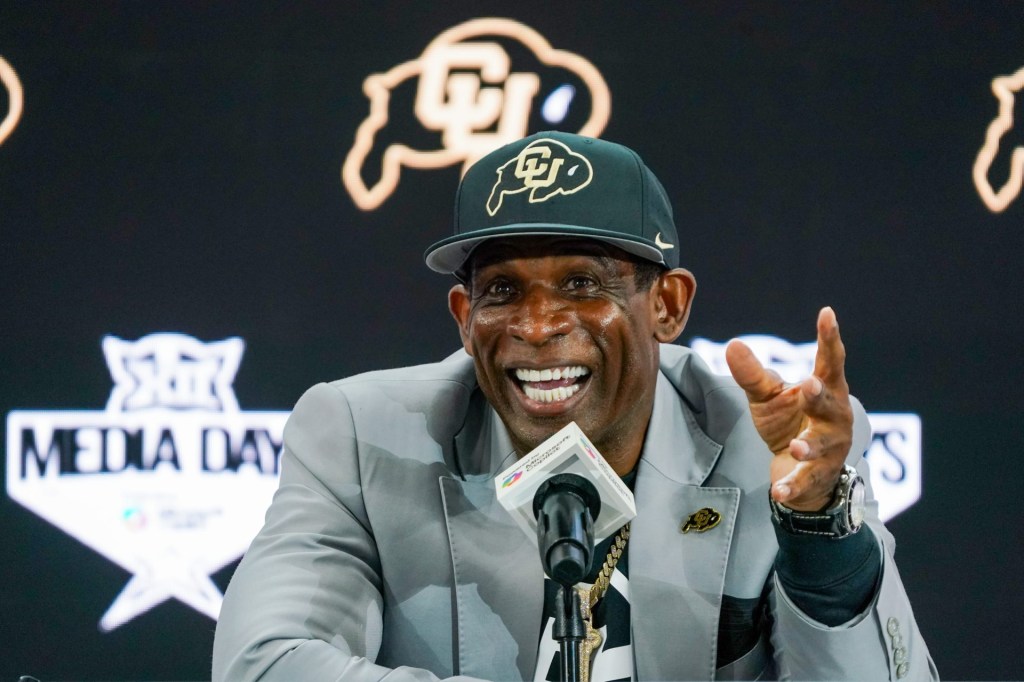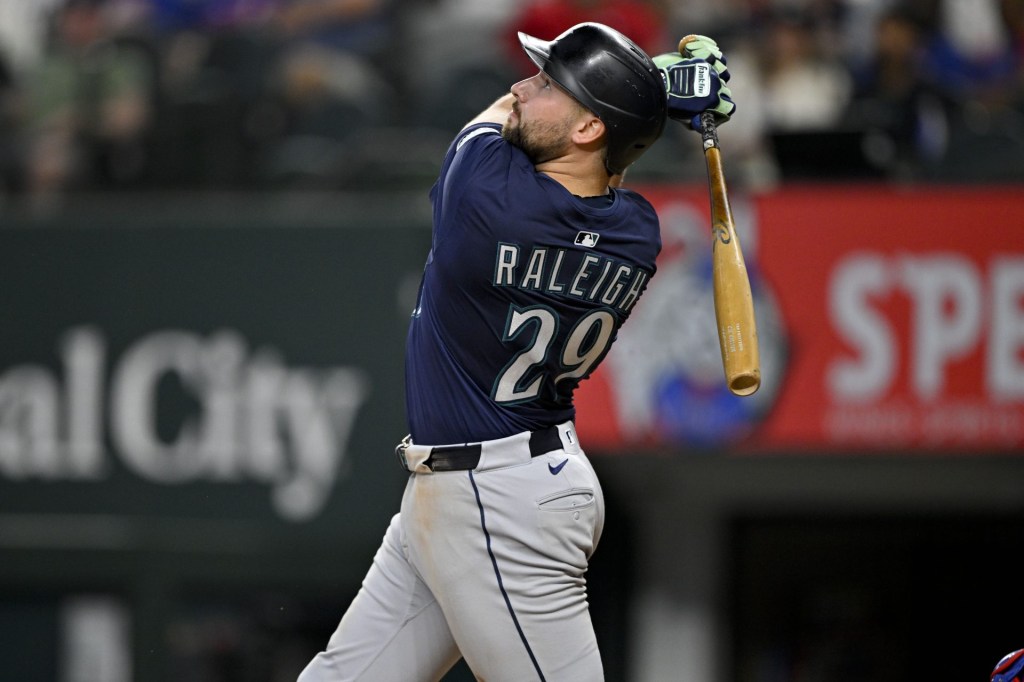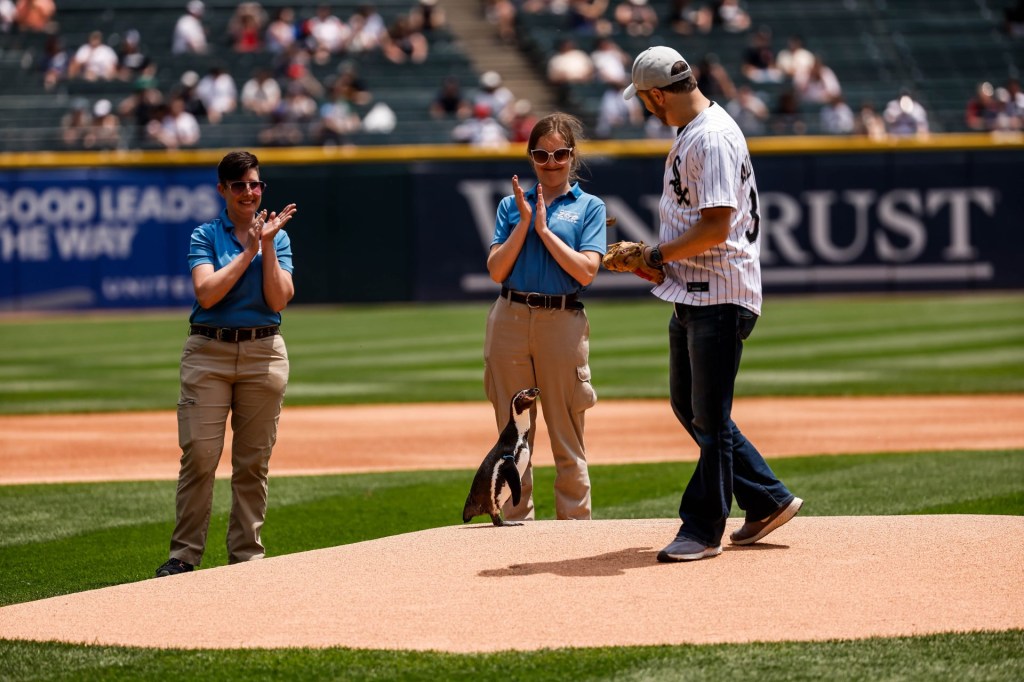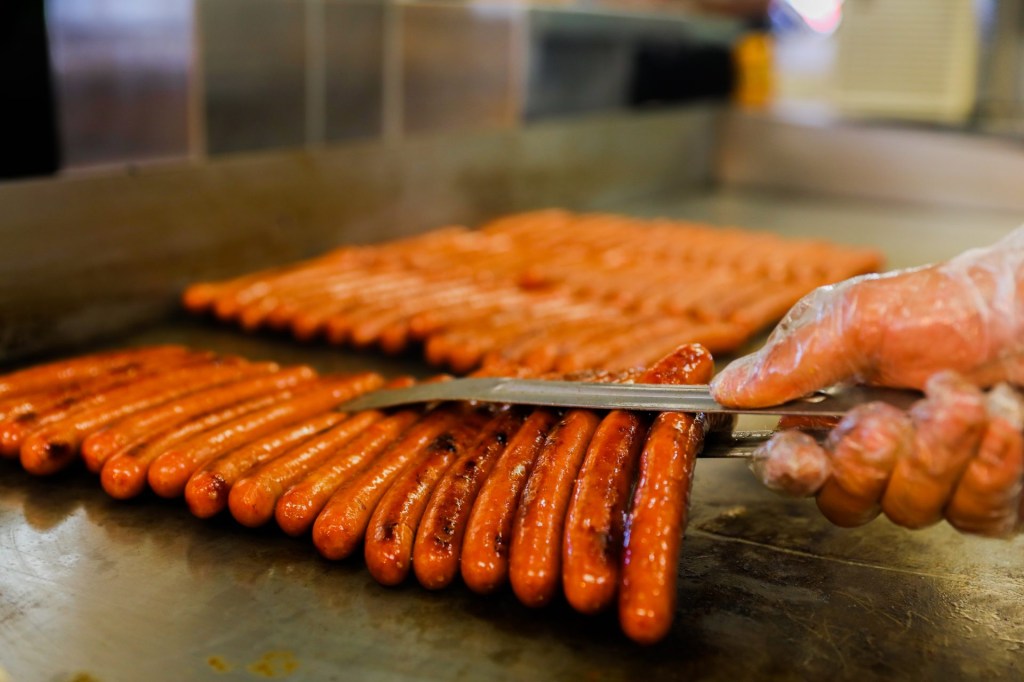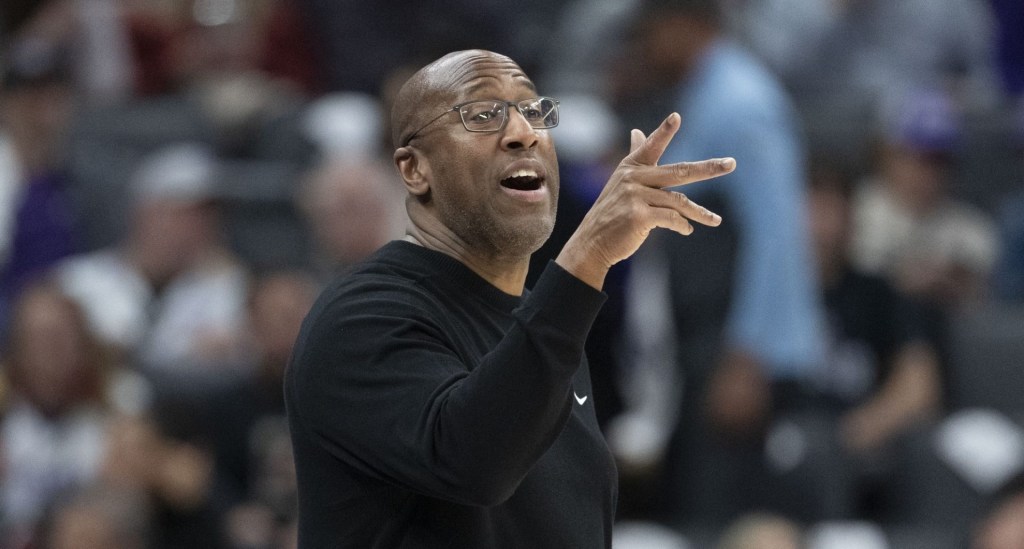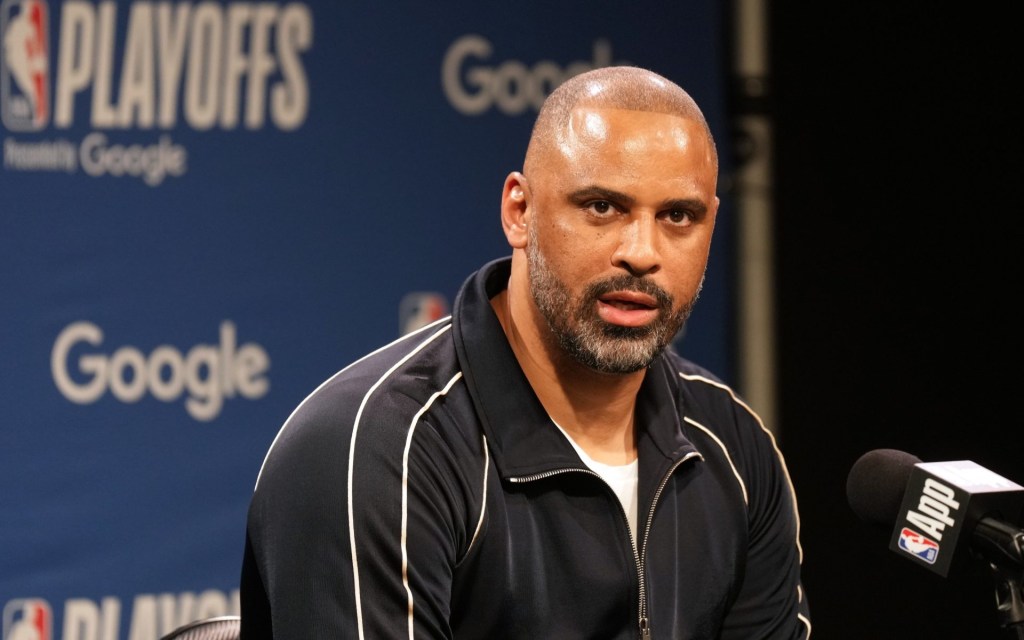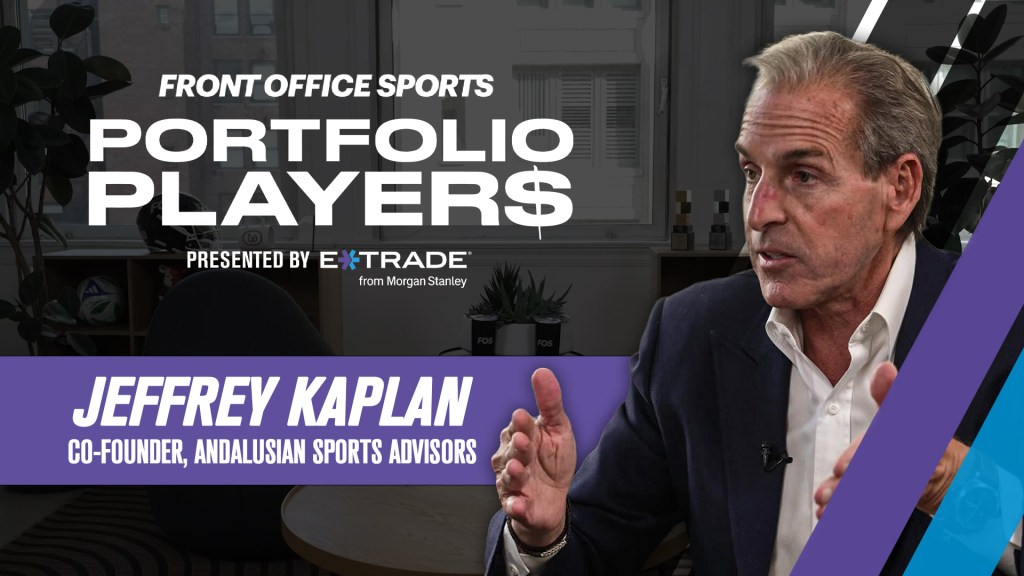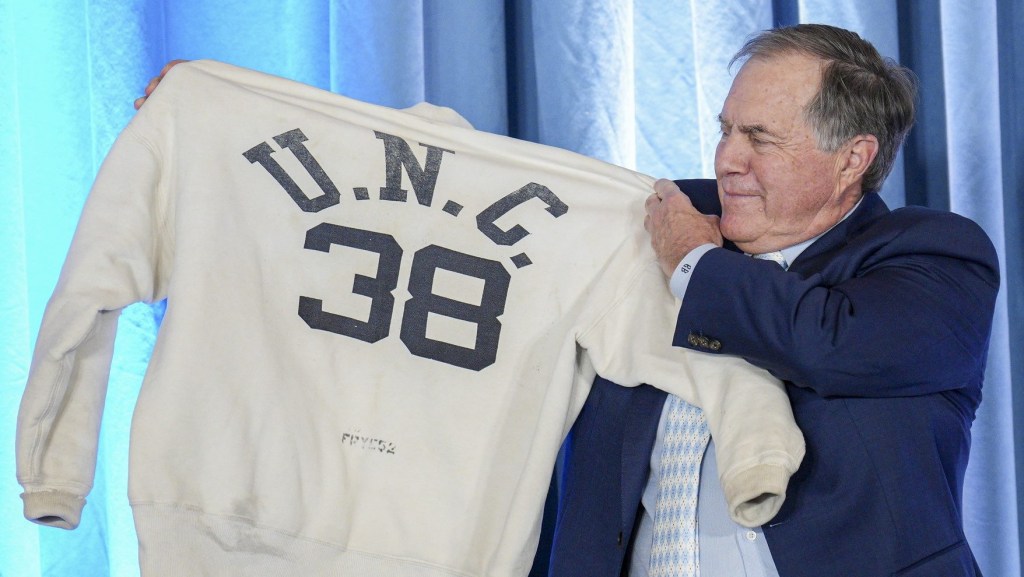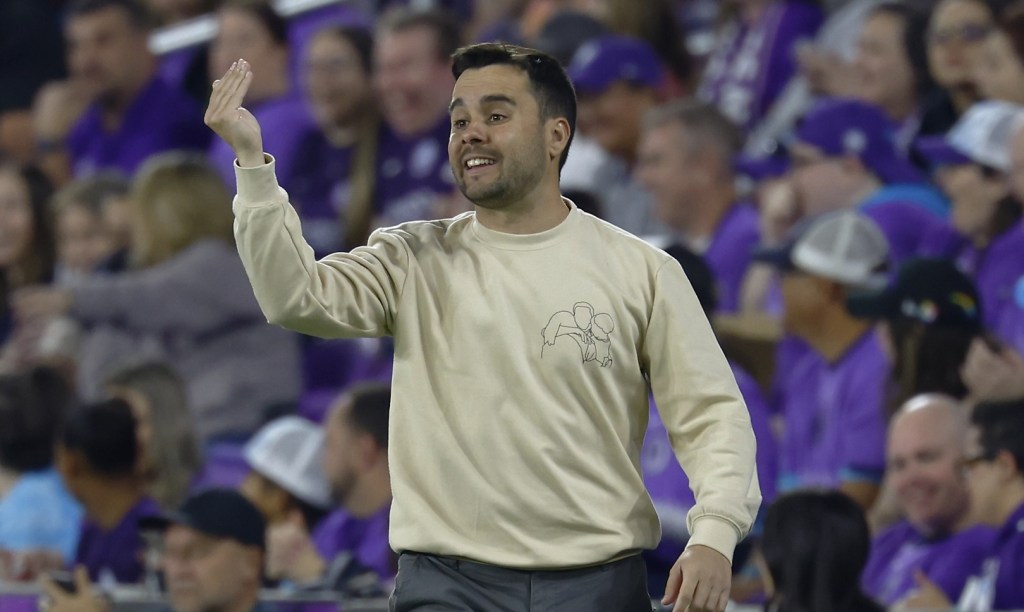By his own evaluation, Dr. Tom House “wasn’t a real good big-league pitcher.” After his playing days, however, he became a maverick of the sports science world.
As a pitching coach for the Astros, Padres, and Rangers, House developed unorthodox methods that are today seen as the basis of modern pitching mechanics. House has also trained several notable NFL quarterbacks, starting with Drew Brees and including Dak Prescott, Matt Ryan, and, most famously, Tom Brady.
Recently, House co-founded Mustard, a mobile app designed to democratize personalized coaching for young athletes. The company recently added Dodgers SP Clayton Kershaw to its roster of instructors and its Board of Advisors.
FOS sat down with House to discuss the app, his revolutionary methods, and how he helped extend the careers of two sports legends.
You have several degrees including a PhD in sports psychology, and have authored studies for academic journals. How do you approach throwing from a scientific perspective?
I was right in the middle of what used to be and what was becoming. When I first got into pro ball, people just told you to do something without really explaining why. When you did ask a question, they just said, “That’s the way it’s always been done. If it was good enough for Sandy Koufax or Babe Ruth, it’s good enough for you, shut up and do it.”
The reason I kept going to school was because my mom didn’t really care about sports — she cared about degrees. My brother and I grew up in an “If you don’t get an A, you don’t get to play sports” environment. Academics taught me that understanding why things happen will actually help you do them when it’s time to perform.
I’m not really that smart, but I do have a lot of time in the academic and research worlds, and wasn’t afraid to take on tools that sports like track and field had been embracing for years before baseball even thought about it. I think it’s out there that I’m kind of like the father of modern pitching mechanics. All that means is we started identifying movement at high speeds, rather than just guessing what our eyes would see.
Think of me as the Forest Gump of baseball: I just happened to be where things were happening. Because of that, I probably got more credit and/or criticism than I actually deserve for throwing it out there and letting people see it.
What did you learn about throwing mechanics from your playing days that you felt could be useful for coaching later on?
I had no illusions about how good I was as a big league pitcher. I was the 10th or 11th man on an 11-man pitching staff, except for probably one year in the big leagues in 1974.
Once I got into pro ball, it was an eye-opener, and I realized that the world isn’t created equally when it comes to talent distribution. Because of that, I probably had to pay a little bit more attention to why and how things got people out or help durability.
Just that curiosity to support the fact that I wasn’t a real good big-league pitcher. Kind of made me a little hungrier than most I think.
How did you elevate Nolan Ryan’s game at the end of his career?
Nolan wanted to play another year, maybe two years. The Astros weren’t interested. I had gotten to know Nolan when I was the traveling pitching coach with the Astros, and he wasn’t completely foreign to what we were doing with the research on movement.
When he started negotiating with the Rangers, one of the reasons he came there was because of that different way of looking at pitching, conditioning, and recovery.
That environment made for a really good learning experience for all parties concerned. It was supported all the way from ownership, through the general manager, Tom Grieve, and down through Bobby Valentine as the manager. So as it turned out, his one year, possibly two years with the Rangers, because of all the things we learned and experimented with, turned into five full seasons with the Rangers.
He was probably a better pitcher from 39 to 47 than he was any time leading up to age 39.
How did you get into coaching quarterbacks?
Wherever I went as a pitching coach, we always threw a football as part of our preparation and/or recovery from a game. Because you can’t throw a football raw and make it spiral, and because it’s a little heavier than a baseball, it helps for recovery and strength building. So just one of those little weird things that we had fun doing that the rest of the baseball world thought was goofy. But Nolan embraced it and that credibility bled over.
Cam Cameron, who was the offensive coordinator for the San Diego Chargers, worked with Drew Brees, and I had been working with Cam’s kids who were baseball players. And Coach Cameron asked me to take on Drew as a client more for mental and emotional stuff than physical stuff.
But when Drew hurt his shoulder, I got involved with the rehab. When he signed with the New Orleans Saints, he put up some pretty good numbers in a hurry. The quarterback world is a real small fraternity, so because of Drew and his success, all of a sudden other quarterbacks started showing up.
One of those other QBs was Tom Brady. What was that relationship like?
The quarterback coach he had been working with had passed away. So because of Drew, and because he was actually looking for a quarterback coach, I think he came by just to see what we were going to do and how we did it. That was, I want to say, 10 years ago now. Maybe 12 years ago.
The common denominator was that we had proved with Nolan there’s no reason you can’t do at age 45 what you did at 25 if you followed the four basic tenets and the process that held them up.
I can remember the second season I was working with Brady, we were walking by Belichick’s office at the stadium and Bill called us both in. He said “Tom House, tell me why you think I should keep Tom Brady and not trade him. Because everybody’s telling me he’s reaching the end of his career.”
I think at that time, he was 34 or 35. And with Tom sitting next to me, I said, “Well we’ve proven that if you pay attention to process and the right things, there’s no reason you can’t be productive into your mid-40s.” So, obviously, I had the easy job: I just threw it out there and Brady committed to the work. I think the rest kind of speaks for itself.
So with the same basic thought process, just a little different tweaking, we’ve figured out that preparing a pitcher and preparing a quarterback — short game and long term — is virtually the same thing.
How are the mechanics between pitching and throwing a football similar?
All rotational throwers and strikers have the same basic kinematic sequence, and very similar mechanical variables. The only difference might be a little bit of difference in timing.
Obviously, a pitcher has all day to get rid of the ball. For the most part, elite Major League pitchers get into foot strike in one second and the ball comes out of their hand 0.25 seconds later. With a quarterback, he’s got to get into foot strike about 0.175 seconds after that weight transfer, then the football comes out 0.25 seconds later.
Then, the mechanics are virtually the same. Balance and posture. Weight transfer. Eyes level. Firm front side. The things that you can measure with 3D-motion analysis are mechanically very similar. So is the physical preparation with lifting weights and realizing how many muscle groups act to accelerate the arm and decelerate the arm. And how to use functional strength versus absolute strength.
What is something you tell every player you work with?
We “inform, instruct, inspire.” That’s kind of our mission statement. So every kid that comes to us, whether he’s an elite professional or a 12-year-old little leaguer, he’s going to get the best information we have on mechanics, functional strength, emotional management, and nutrition and sleep for recovery.
Those are the four performance pillars that allow a kid to compete with health and performance. We’re health first, performance second. As sports science gets smarter, so do we.
Where did the concept for Mustard come from?
Mustard’s CEO, Rocky Collis, his brother, Luke, was a quarterback and was part of the group that would show up to our lectures. Rocky actually came a few times and one time, he asked, “How many people do you think never get to play past little league because they never got access to what you’re teaching these athletes right now?”
And I said, “I don’t know, but I guarantee you there’s guys that had the same tools that Nolan Ryan or Tom Brady had that never had the opportunity to play because it wasn’t accessible.”
That led to wondering if it’s possible to democratize what these elite guys are getting and put it in the hands of the moms, dads and 120 million pre-adolescent athletes that are out there. And it ended up being Mustard. If you have a cell phone, you have the same capacity to measure your child in the backyard as the athletes that come to us and go through our motion lab.
What does the future of Mustard look like?
We’ve got pitching mechanics now. We’ll soon have quarterback mechanics. Then we’re going to follow that up with hitting and I think golf. Eventually, all rotational sports will be equally deliverable on a cell phone.
It’s been a lot of fun on our end. The one good thing that came out of the COVID nosebleed for us was Zoom. The ability to get a couple hundred people on a Zoom call and actually teach for an hour almost has the same efficacy as when you’re doing it face-to-face.
I really think this is one of the best things I’ve done in my coaching career. The bottom line is we’re allowing kids to understand the power of play and maybe stay in sports a little longer than they normally would. In today’s world, that reinforces all the things that sports teaches about affiliation, dealing with adversity, all in a positive way.
